The Maryland Historical Society
Francis Scott Key Lecture Series
November 2, 2017
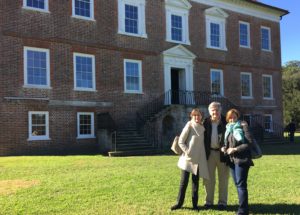
Louise Hayman, chairman of the board of the Maryland Historical Society, asked me to be a guest speaker at their popular lecture series. Here we are at Drayton Hall in 2016. L-R: Louise, me, and friend.
In early November I was a guest speaker at the Francis Scott Key Lecture Series of The Maryland Historical Society. The topic of my lecture was the future of historic sites, and why they are important today. Drawing examples from Drayton Hall* in South Carolina, where I was the executive director for over 25 years, and from other National Trust sites throughout the northeast, including Cliveden in Philadelphia, Montpelier in Vermont, and President Lincoln’s cottage in Washington DC, I spoke about how historic sites are working to make their communities a better place through education, economic development, and preservation.
I dedicated my presentation to John Pearce, a friend and mentor. John was a graduate of Yale and Winterthur, who worked as the State Historic Preservation Officer for the Maryland Historical Trust in the 1970s. During that time, when preservation was still young, he shaped the careers of Louise Hayman, Nancy Miller Schamu, me, and many others.

With my mentor John Pearce, right, c. 1970s
Maryland was my training ground for a career in historic preservation and historic sites. In 1974, while in graduate school for my Ph.D. at Duke, I had an internship in historical archaeology at St. Mary’s City, MD. I was hired as a historic sites surveyor by John Pearce and General Orwin Talbot for the Maryland Historical Trust to conduct a survey of African American sites in southern Maryland from 1976 to 1977. There was no comparable work being done in North Carolina or elsewhere in the South at the time, and I did my dissertation on the topic.
A direct result of my work in Maryland was my book, Hearth and Home: Preserving a People’s Culture. It was part of the series “American Civilization,” edited by Allen F. Davis. It won an honor award—one of the few times the award was given to a book—thanks to Maryland Historical Trust and Louise Hayman.
What I learned during my time in Maryland was that historic sites make history tangible. They enable us to build bridges between past, present, and future, and among people of different races and backgrounds; they enable us to see history from multiple points of view. As my research mentor, John guided me in coming up with questions to ask and things to look for during my research, like how were houses lived in and what were the strategies for self sufficiency. Thanks to the Maryland experience I chose to work with historic sites, and in 1989 I became executive director of Drayton Hall*, the c. 1738 historic house museum in Charleston, SC.



Upon my retirement from Drayton Hall* in 2015, my work with sites and historic preservation in Maryland continues. The Jones-Hall-Sims “Freedom House” from Montgomery County near Poolesville, a former landowner’s home dating to 1874, was one of the structures that Paul Sims and I documented in 1979. Now on exhibit (above) at the Smithsonian’s National Museum for African American History & Culture (NMAAHC), it tells of the transition from slavery and connects people from across the world to African American history and the struggle for freedom. Today, it could be the most visited African American home in the world.

With Paul Sims, left, during my research of the Jones-Hall-Sims House (below) in the 1970s.

The Jones-Hall-Sims House, Montgomery County, c. 1970s.

From my early research, an image of John Peters – born during slavery, he was a blacksmith and grandfather to the Jones family.
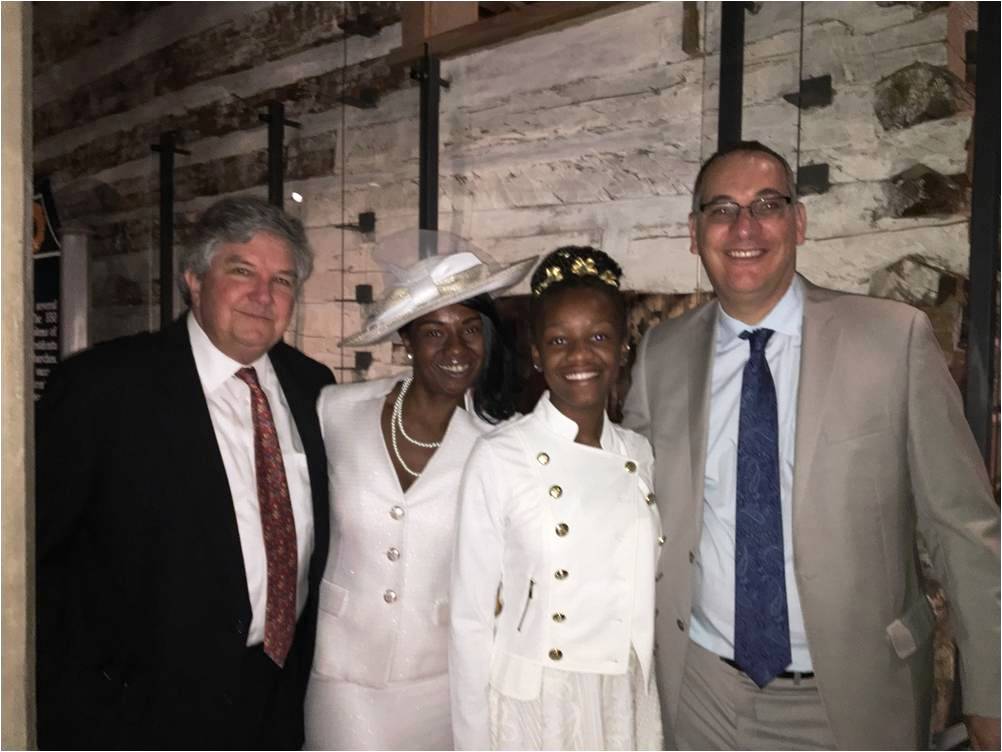
L-R: Me, Chanell Kelton, her daughter Blessing, and Smithsonian curator Paul Gardullo at the opening of the NMAAHC. Ms. Kelton was born in 1984 and reared in the Jones-Hall-Sims House.
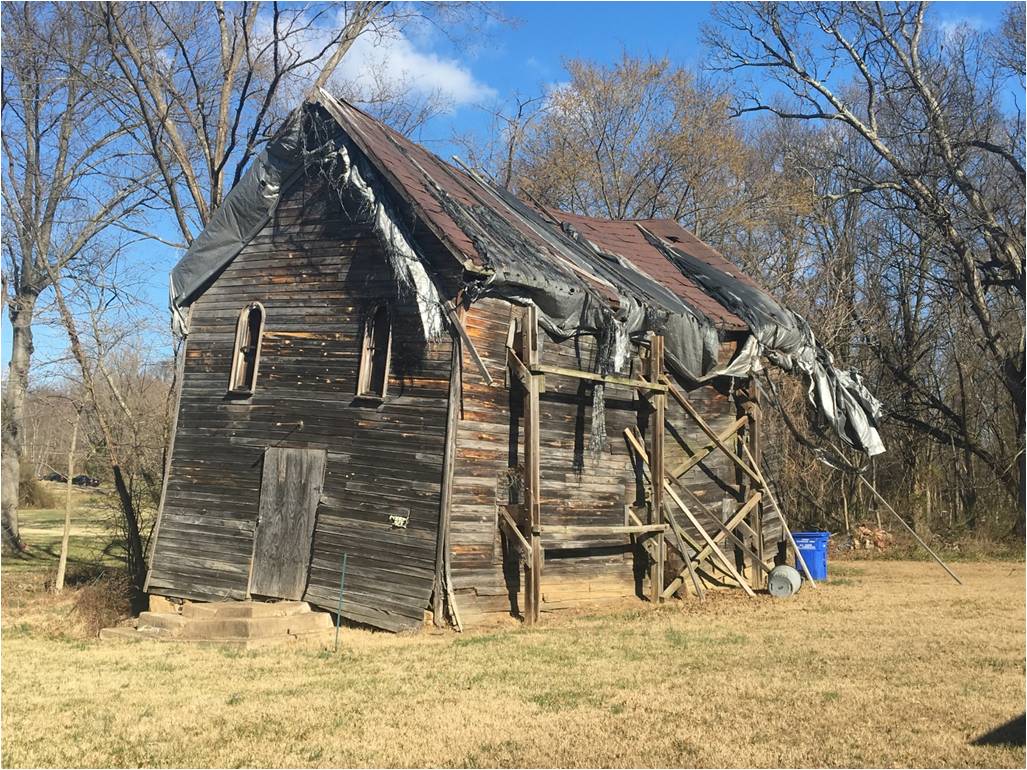
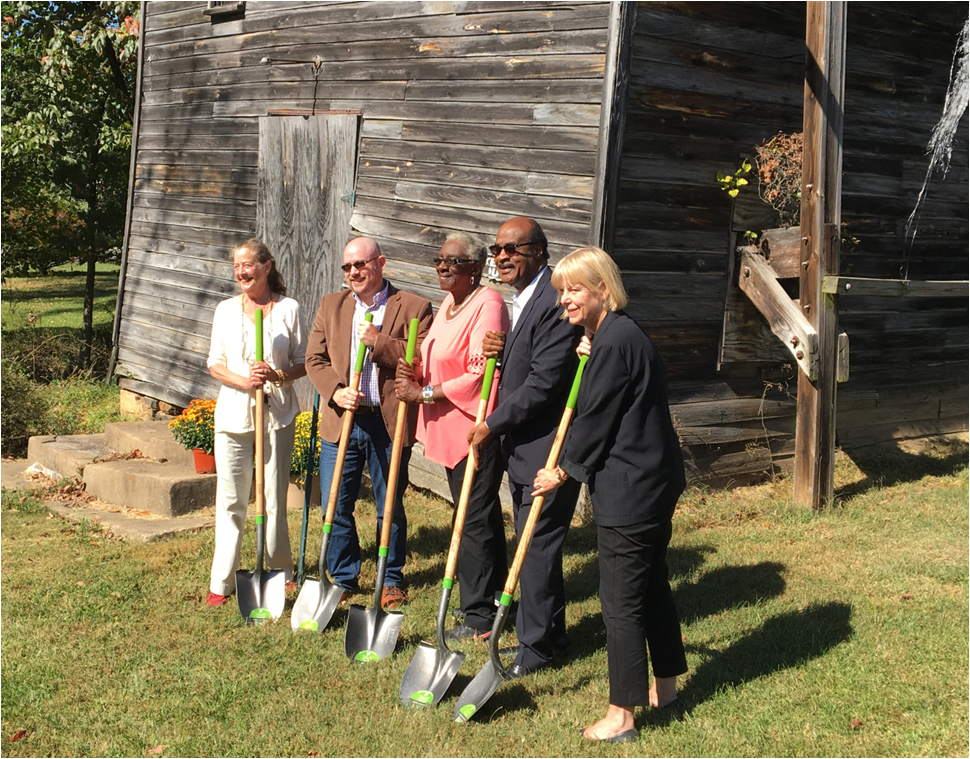
Above: Loving Charity Hall historic site in Martinsburg, Maryland, c. 1914. A self-help organization that was a product of segregation and of making a way out of no way; it offered insurance, burials, and help for orphans and widows. It was also a center for the social life of the community, hosting dances, plays, meetings, etc. Today the site is barely surviving, but thanks to the Maryland Historical Society, it is under renovation as a community center, scheduled to open in October 2018 as a home for history and tourism.
Key points from my presentation included:
- Buildings and artifacts don’t preserve themselves. People must step up.
- Historic sites are reaching out and engaging their communities.
- Sites and museums are telling history from multiple perspectives.
- History education is critical in promoting cross-cultural understanding, empathy, and tolerance.
- To be a good bridge-builder, you’ve got to understand both sides.
Perhaps most Importantly, historic preservation is about making choices for the future. The Draytons made their choices as did the National Trust. John Pearce helped me make mine.
You can watch the full presentation here in three segments:
*Drayton Hall, Charleston, SC
Established in 1738 when George Washington was 6 years old, Drayton Hall is the oldest unrestored plantation house in America that is open to the public. Founder and builder John Drayton (c. 1715–1779) created a masterpiece of colonial American architecture that is renowned as the first fully executed Palladian structure in North America. After seven succeeding generations of Drayton family ownership, Drayton Hall was acquired by the National Trust for Historic Preservation in 1974. Instead of restoring it to a specific period, the Trust preserved the site as a timeline of history, not a time capsule, representative of over two hundred years of Southern history. That innovative philosophy was not without controversy in its day, but it has withstood its critics with the realization that preservationists and archaeologists continue to make significant new discoveries that would not have been possible had restoration taken place. Today, Drayton Hall educates visitors of all ages about history and historic preservation, as a book or a classroom alone cannot. Gallery photos courtesy of Drayton Hall unless otherwise noted.
 George W. McDaniel, Ph.D., is President of McDaniel Consulting, LLC, a strategy firm that helps organizations use history to build bridges within itself and to its broader constituents. The company’s tag line, “Building Bridges through History,” is grounded in McDaniel’s personal beliefs and his experience in site management, preservation, education, board development, fundraising, and community outreach. Rather than using history to divide us, he strives to help organizations use history, especially local history, to enhance cross-cultural understanding and to support local museums, preservation, and education. Dr. McDaniel recently led volunteer efforts with Emanuel AME Church and historical organizations in Charleston to use historic preservation to enhance racial reconciliation and healing.
George W. McDaniel, Ph.D., is President of McDaniel Consulting, LLC, a strategy firm that helps organizations use history to build bridges within itself and to its broader constituents. The company’s tag line, “Building Bridges through History,” is grounded in McDaniel’s personal beliefs and his experience in site management, preservation, education, board development, fundraising, and community outreach. Rather than using history to divide us, he strives to help organizations use history, especially local history, to enhance cross-cultural understanding and to support local museums, preservation, and education. Dr. McDaniel recently led volunteer efforts with Emanuel AME Church and historical organizations in Charleston to use historic preservation to enhance racial reconciliation and healing.
McDaniel is also the Executive Director Emeritus of Drayton Hall, a historic site in Charleston, SC, owned by the National Trust for Historic Preservation. He retired from Drayton Hall in 2015 after 25 years of distinguished service.
Header Image: Detail of the Francis Scott Key Lecture Series Program
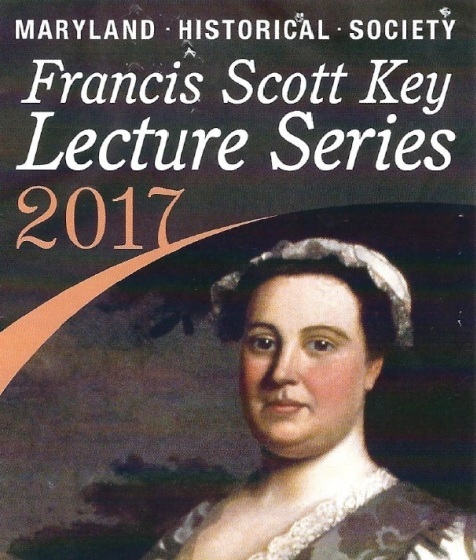





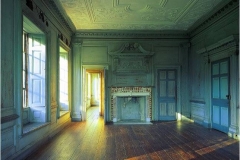
 McDaniel Consulting LLC is a strategy firm that helps organizations use history to build bridges within itself and its broader constituents.
McDaniel Consulting LLC is a strategy firm that helps organizations use history to build bridges within itself and its broader constituents.